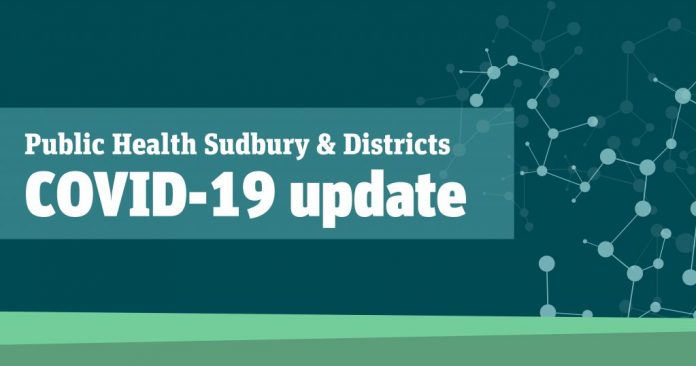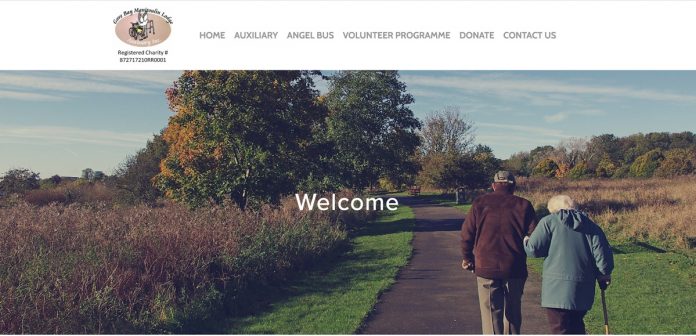Province announces more learn-at-home supports
SUDBURY – Like most of the world, the Rainbow District School Board (RDSB) is going through uncharted waters when it comes to rolling out online learning amid the COVID-19 pandemic.
“We know that this is not going to be easy, but we will do the very best we can,” stated Norm Blaseg, director of the RDSB, in an interview with the Recorder late last week. “My worry is that the students and staff (teachers) have the ability to connect online for courses, and for those kids that don’t have accessibility to technology, we will have to come up with an alternative process where students will have to pick up their educational materials-lessons at a predetermined location.”
Mr. Blaseg told the Recorder on Tuesday that all school boards and the ministry of education are in constant communication but, “at this point we haven’t received the memo from the province that was to provide information on for instance how we were to evaluate the kids (students) and the like. All we know right now is that we will start Monday, April 6 with the Learn at Home program and students are scheduled to actually go back to schools May 4 at this point. There is a distance learning criteria attached to all of this.”
Due to the rapidly evolving COVID-19 outbreak, the Ontario announced this past Tuesday that schools and child care centres will remain closed to protect the health and safety of students and staff. This extension is being made on the advice of the chief medical officer of health.
Today’s announcement was made by Premier Doug Ford, Stephen Lecce, minister of Education, Ross Romano, minister of Colleges and Universities and Christine Elliott, deputy premier and minister of Health.
To ensure continuity of learning, the government is launching the second phase of Learn at Home. Developed in conjunction with education partners, the government is establishing clarity for parents, enhancing education supports and creating opportunities for teachers and educators to connect with students.
“The decision to extend school closures was not made lightly. We know from the medical experts that the next two weeks will be critical in the fight against COVID-19 and that’s why we’re taking further action to keep our kids safe and healthy by having them stay home,” said Premier Ford. “At the same time, we cannot put the school year in jeopardy. That’s why we’re providing additional tools for at-home learning and ensuring students from KinderGarten to Grade 12 to postsecondary education can finish their academic year and get the credits they need to graduate.”
Public schools will remain closed to teachers until Friday, May 1 and to students until Monday, May 4. As these dates get closer, this decision will be re-evaluated based on public health advice. The closure may be extended if necessary to protect the health and safety of students, families and staff. Private schools, licenced child care centres and EarlyON programs will also remain closed until April 13, according to the Declaration of Emergency, which only allows closures to be extended for one 14-day period at a time. Select centres designated to support front-line health care workers and first responders will remain open.
The second phase of Learn at Home features a new set of expectations for the education community, including: reconnecting students with teachers and other school staff, including mental health workers; re-establishing teacher-led learning by grade groupings as follows: Kindergarten-Grade 3, five hours of work per student/week (focus on literacy and math); Grade 4-6, five hours of work per student/week (focused on literacy, math, science and social studies); Grades 7-8, 10 hours of work per student/week (focus on math, literacy, science and social studies); Grades 9-12, three hours of work per course per week for semestered students; 1.5 hours of work per course per week for non-semestered students (focus on achieving credits/completion/graduation); leveraging digital resources and identifying alternative forms of teacher-student connectivity, such as phone and emails; developing a program of training for educators to support them in virtual learning delivery; requiring final report cards for all students; prioritizing and supporting students on track to graduate; distributing laptops and or devices from schools as needed, while observing public health direction; maintaining a responsive posture for health care and community partner requests; and establishing formal COVID-19 working groups with education sector unions to work together, share ideas and to find solutions in the support of students.
On March 21, Ontario launched Ontario Together, an online portal helping organizations work with the province to meet the challenges of COVID-19. The government will leverage partnerships with the telecommunication sector to provide innovative, low-cost and high-impact solutions to solve the equity challenges facing some students across Ontario. With this resource, the Ministry of Education has posted a new challenge that looks for learning solutions focused on free or low-cost learning resources and supports of students, parents and educators; access to devices such as computers, tablets and portable wi-fi hotspots for families that need the supports; and other ideas, goods or services, for example, to support mental health and students with special education needs.
Learn at Home offers all students high-quality, made-in-Ontario math and literacy resources created by Ontario-certified educators in both English and French. Elementary resources are designed to help young students learn at home with interactive activities that encourage participation through entertaining and stimulating digital content. High school content was designed with a focus on STEM courses and ensures core competencies and skills are reinforced. The government is also providing access to course content for students who take the initiative to refresh and extend their learning.
The Ministry of Education is working with TVO and TFO to rollout robust education programming on their broadcast channels.
“What we’ve (RDSB) been doing is connecting to all our staff, and surveying students, families and staff members as to their technology and access to the internet,” said Mr. Blaseg last Friday. “Once all surveying has been completed, we need to ensure staff can access resources,” Mr. Blaseg pointed out, “some of our teachers had already done all this and contacted students and families to have all of this implemented.”





